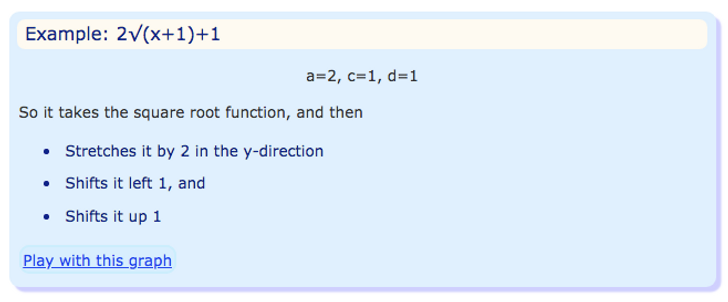Building Functions
Read about Building Functions. Then, test your knowledge!
Building Functions: Transformations
We can move and resize, TRANSFORM, the graphs of functions.
Let us start with a function, in this case it is , but it could be anything:
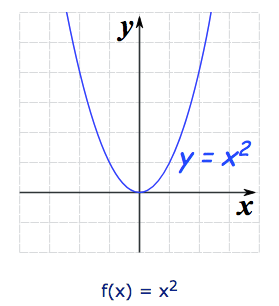
Here are some simple things we can do to move or scale it on the graph:
We can move it up or down by adding a constant to the y-value:
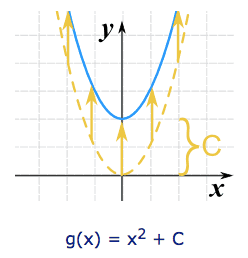
Note: to move the line down, we use a negative value for C.
-
C > 0 moves it up
-
C < 0 moves it down
We can move it left or right by adding a constant to the x-value:
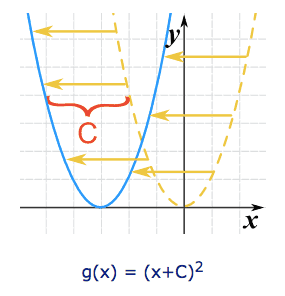
Adding C moves the function to the left (the negative direction).
Why? Well imagine you will inherit a fortune when your age=25. If you change that to (age+4) = 25 then you will get it when you are 21. Adding 4 made it happen earlier.
-
C > 0 moves it left
-
C < 0 moves it right
BUT we must add C wherever x appears in the function (we are substituting x+C for x).
Example: the function v(x) = x3 - x2 + 4x
To move C spaces to the left, add C to x wherever x appears:
w(x) = (x + C)3 − (x + C)2 + 4(x + C)
An easy way to remember what happens to the graph when we add a constant:
add to y to go high
add to x to go left
We can stretch or compress it in the y-direction by multiplying the whole function by a constant.
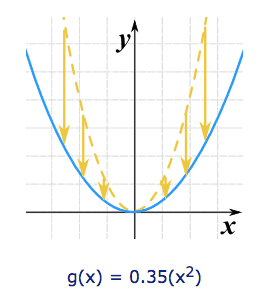
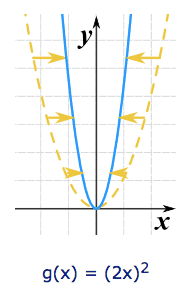
-
C > 1 stretches it
-
0 < C < 1 compresses it
We can stretch or compress it in the x-direction by multiplying x by a constant.
-
C > 1 compresses it
-
0 < C < 1 stretches it
Note that (unlike for the y-direction), bigger values cause more compression.
We can flip it upside down by multiplying the whole function by −1:
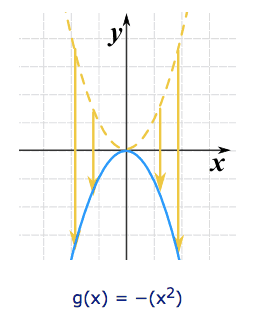
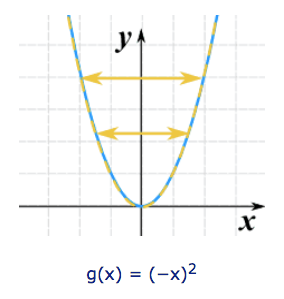
This is also called reflection about the x-axis (the axis where y=0)
We can combine a negative value with a scaling:
Example: multiplying by −2 will flip it upside down AND stretch it in the y-direction.
We can flip it left-right by multiplying the x-value by −1:
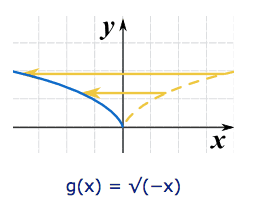
It really does flip it left and right! But you can't see it, because is symmetrical about the y-axis. So here is another example using √(x):
This is also called reflection about the y-axis (the axis where x=0)
Summary

This is also called reflection about the y-axis (the axis where x=0)
Examples
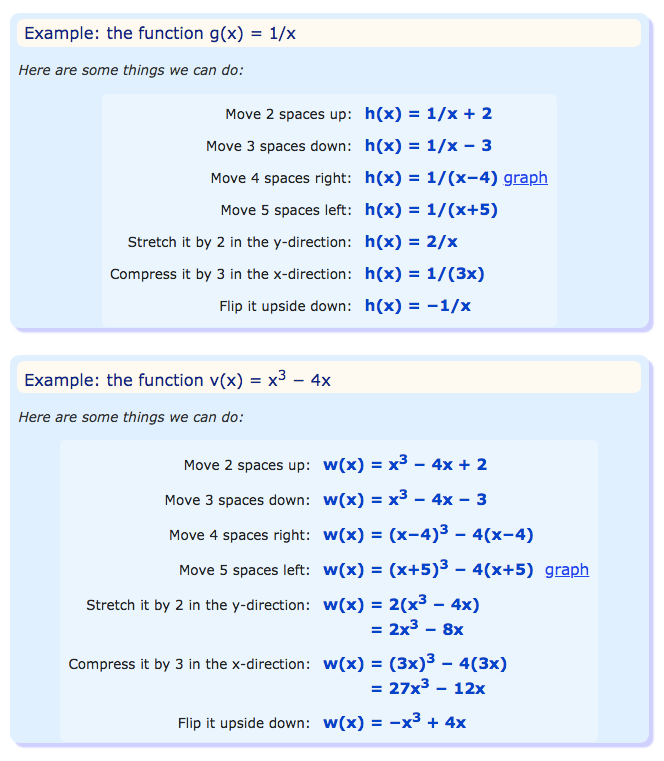
All In One!
We can do all transformation in one go using this:

a is vertical stretch/compression
-
|a| > 1 stretches
-
|a| < 1 compresses
-
a < 0 flips the graph upside down
b is horizontal stretch/compression
-
|b| > 1 compresses
-
|b| < 1 stretches
-
b < 0 flips the graph left-right
c is horizontal shift
-
c < 0 shifts to the right
-
c > 0 shifts to the left
d is vertical shift
-
d > 0 shifts upward
-
d < 0 shifts downward
